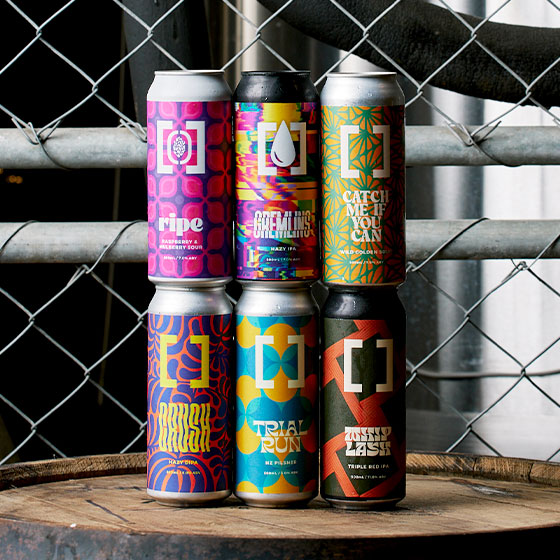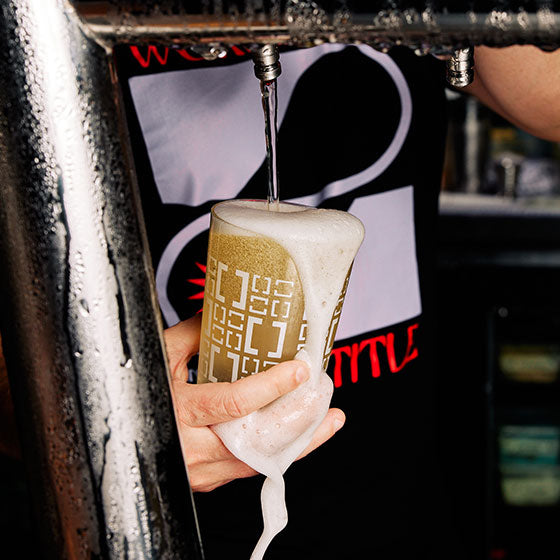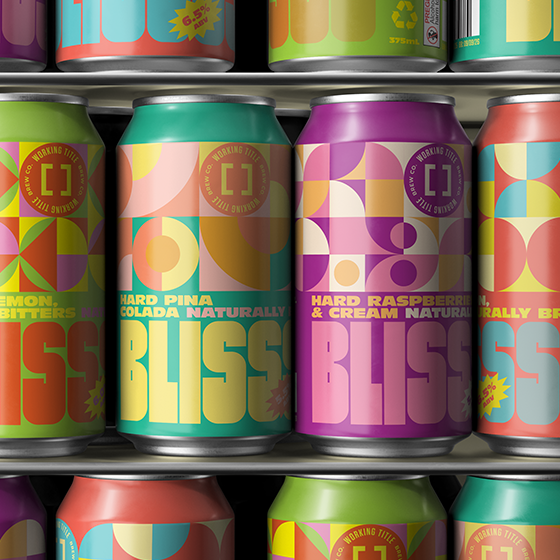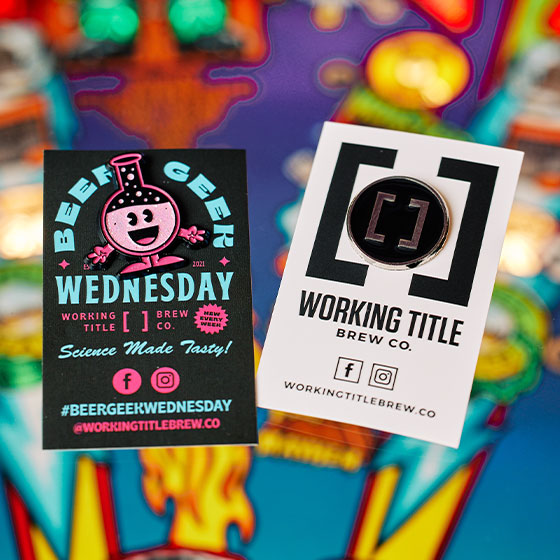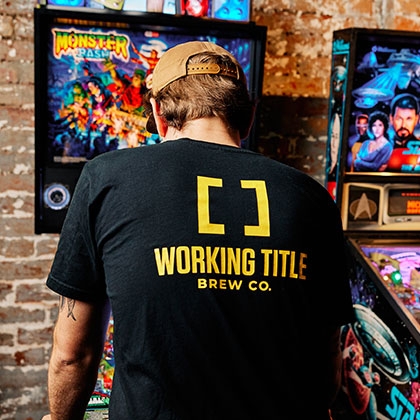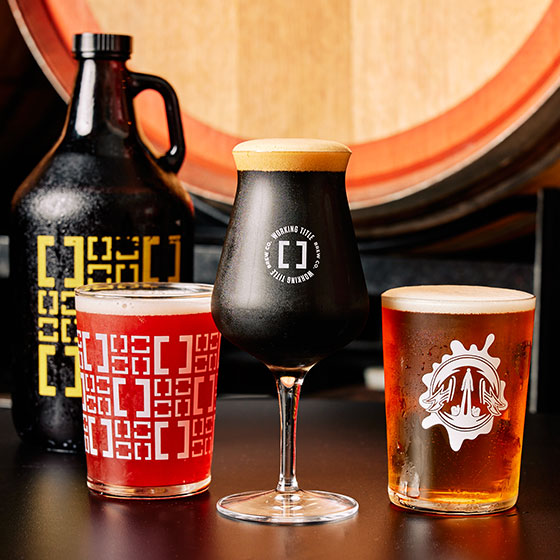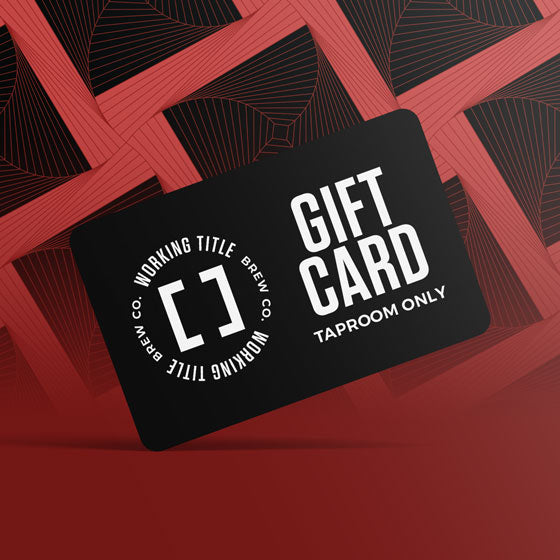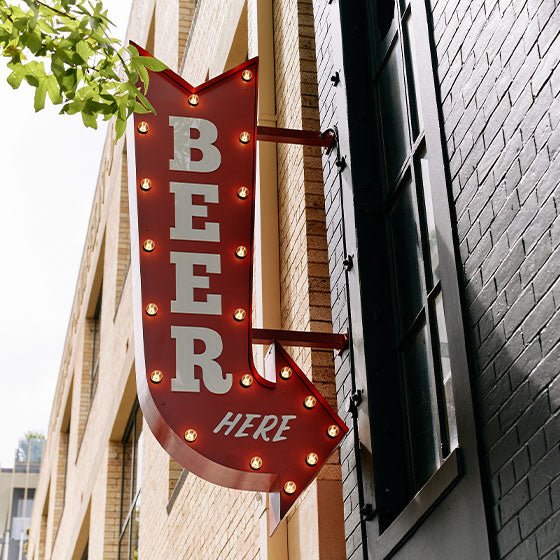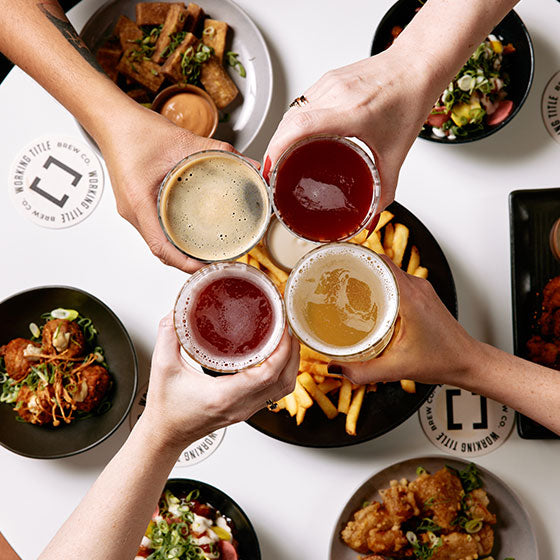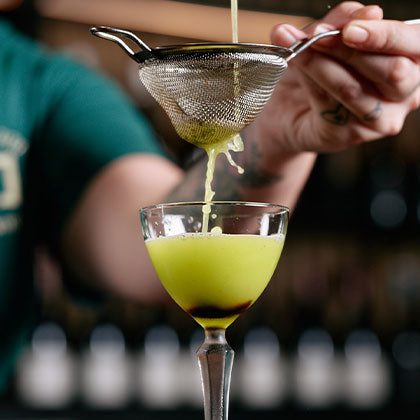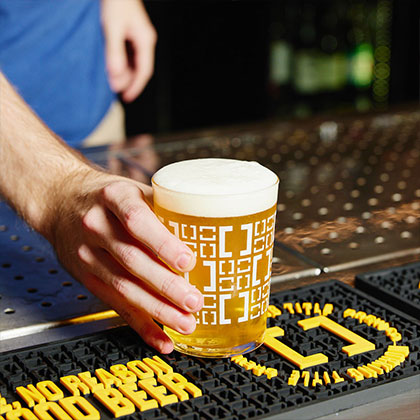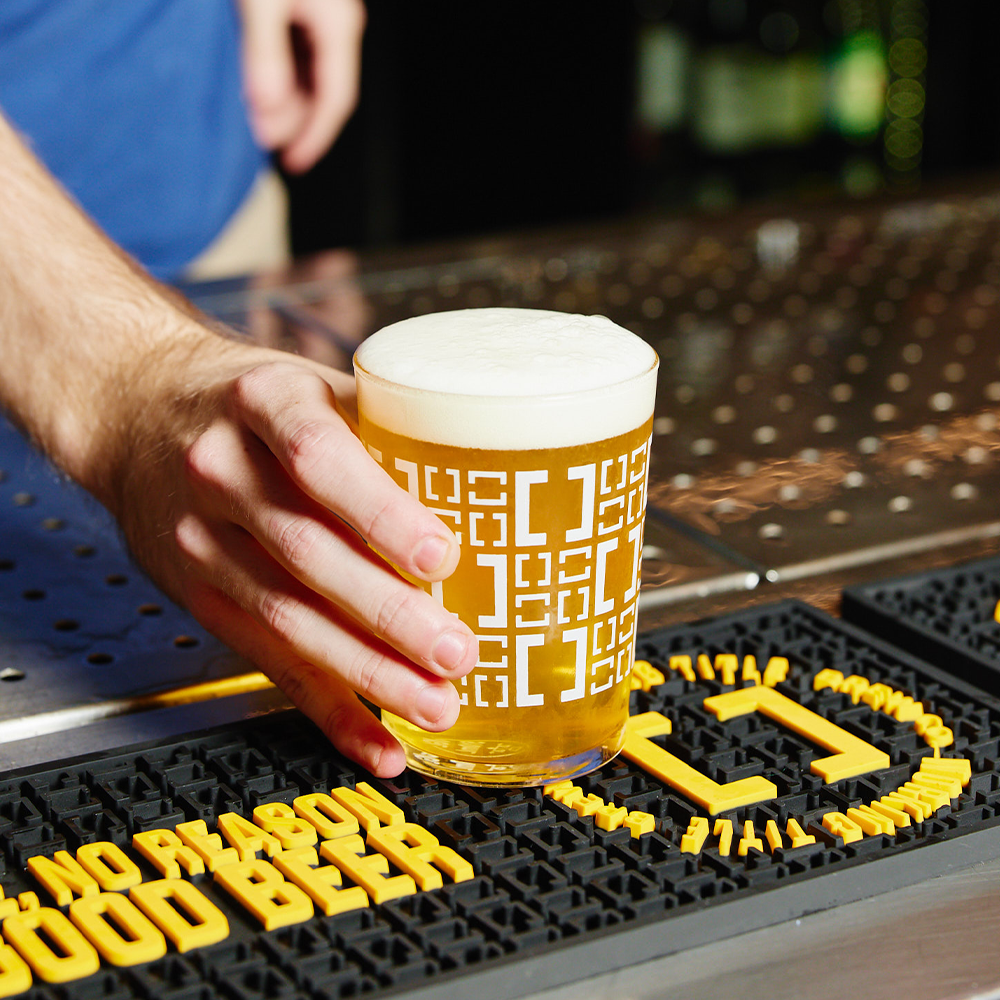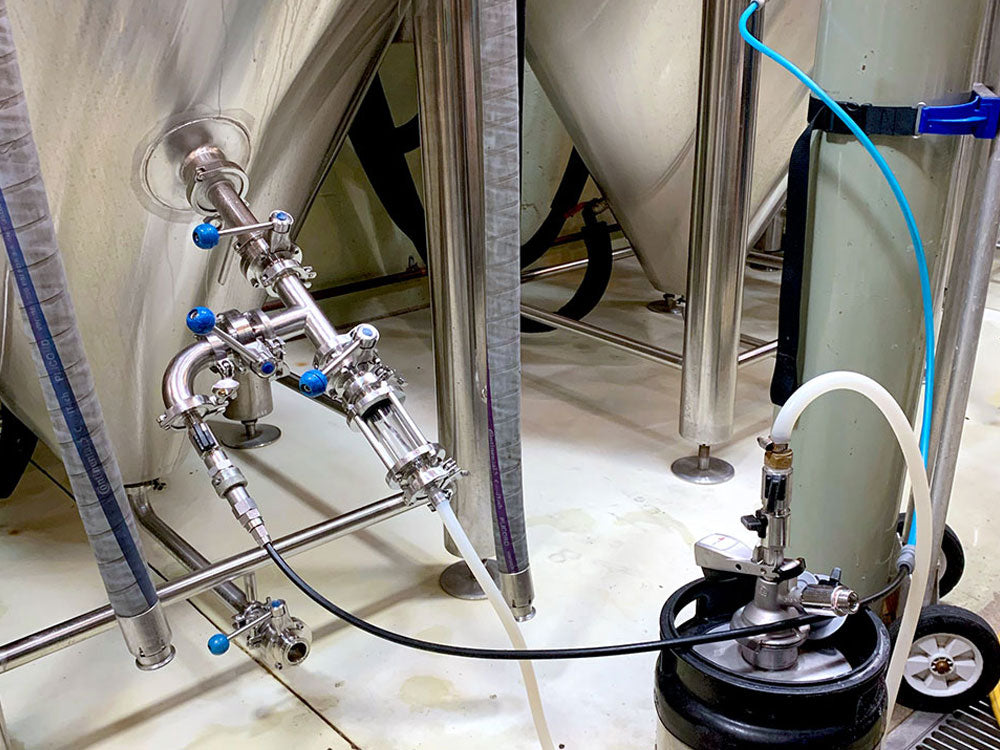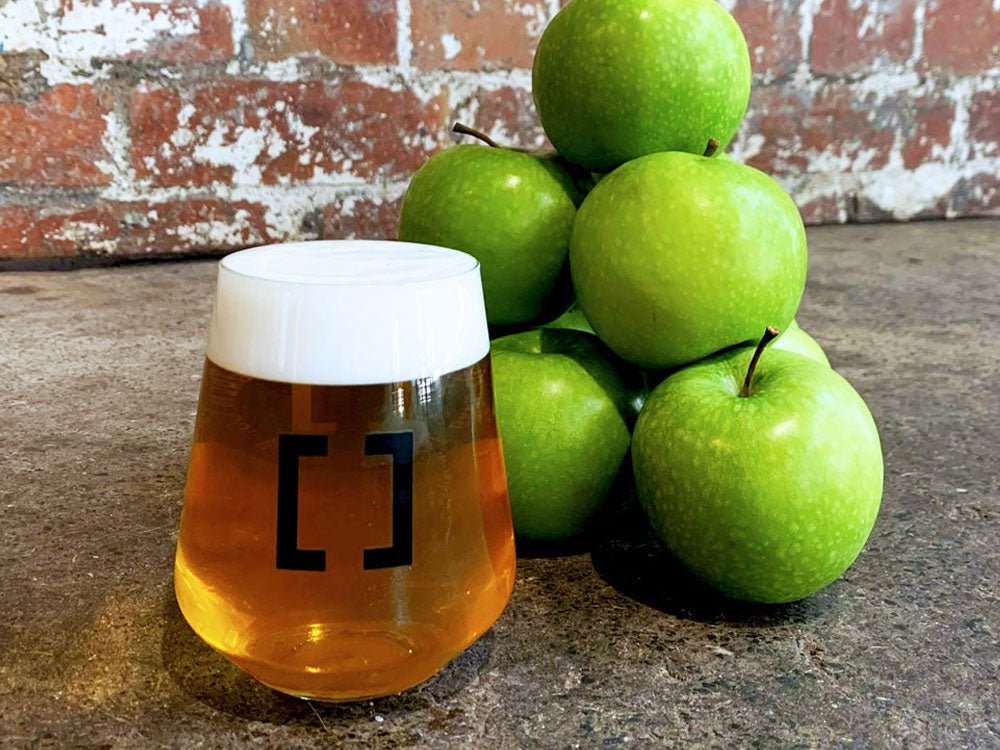Today we were lucky enough to be judging beer at the @indiebrewers Indies Beer Awards Aus. Yep it’s a thing and yep, it’s as fun as it sounds.
Turning subjective opinions into objective assessment is what this is all about. And the way that is achieved is through style guidelines. These guides are living documents, where each style is based on a few archetypes. New styles are added each year, to capture the relevant market trends and ever evolving array of modern styles.
Breweries from around Australia are then tasked with entering their beer into these predefined categories. And it’s not always as easy as it sounds, as more and more we blend the boundaries between styles. New World lagers entered into categories where hop profiles are not warranted. International IPAs with new hop varietals that give dank and piney character. A veritable array of grey areas.
And so to navigate these murky waters a panel of expert judges duel the merits of each entry with style guidelines in hand. It can get pretty contentious at times (we are all human, after all) but overwhelmingly each panel can tease out the specific parameters of each beer and assess them accordingly.
Each beer awards also approach judging slightly differently. Some are more qualitative, assessing beer on appropriateness in relation to the guidelines. Others are more quantitative, demanding that judges land on a number within a scale for each specific parameter. Both seem to work to various degrees. But ultimately that why’s the panel system works so well, with any rogue individual unable to influence the outcome to any meaningful degree.
Ultimately beer is a subjective experience. Not even taking sensory ability into account. And so a range of individuals with various backgrounds and experience provides a diverse and appropriate approach to quantifying the beers that have been entered.

